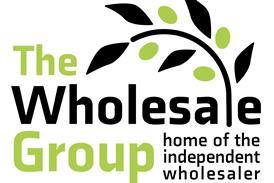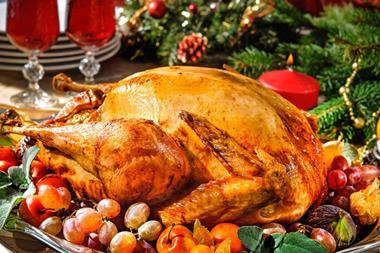
Publishing: 30 April 2022
Advertising deadline: 15 April 2022
Submissions deadline: 8 April 2022
Feature One: HFSS
By Rob Brown rob_j_a_brown@hotmail.com
Like many categories, soft drinks is staring down the barrel of HFSS regulations due to take effect in October. But suppliers of sweet liquids have a head start when it comes to adapting to the new rules. The sugar tax implemented in 2018 forced many to reformulate and consider the health properties of their drinks. Depending on how you cut it, low or no sugar variants now account for between two-thirds or three-quarter of sales. So will HFSS rules accelerate this shift into diet sodas? What other health benefits can suppliers add into their drinks? What does the shift in ingredients mean for companies’ bottom lines? And is there still a place for the likes of original Coca-Cola?
Diet boom: Low and no sugar variants are already selling better than their sugary cousins. Will HFSS rules cement this dominance? Or has the sugar tax already pushed things as far as possible?
Reformulation: Many drinks brands already have low or no sugar variants. But what other reformulation are we likely to see in the next few years?
Health benefits: While the sugar tax simply discouraged one particular ingredient in drinks, HFSS rules give positive points for fruit, fibre and other goodies. Will this incentivise drinks manufacturers to add more health benefits to their ranges?
Indulgence: Other categories affected by HFSS rules are keeping a place for ‘indulgent’ flavours. Is there a similar space for this in soft drinks?
Margins: Sugar is often more expensive than artificial sweeteners. So will a move into more diet sodas help improve the economics of suppliers?
Supply chains: Scarcity of CO2 and packaging materials is still a looming fear within the drinks industry. What impact is it likely to have on the category in the coming year?
Sports drinks: Sports drinks sales have jumped by 26.2% on volumes up 31.3% in the past year, making it one of the biggest growing segments in soft drinks, according to Kantar. What’s driving this growth, and can suppliers capitalise further?
Innovations: Profile of four new products or ranges that have not appeared in The Grocer before. We need launch date, rsp, and a hi-res picture of each.
Feature Two: Brands
By Rob Brown rob_j_a_brown@hotmail.com
HFSS rules will still allow brand advertising, irrespective of what proportion of a range is compliant. For iconic soft drinks brands who’ve survived recessions, pandemics and wars, it looks to be yet another bullet dodged. Is the strategy changing to focus on non-HFSS products? Or will master brands and lifestyles become the main angle?
Master brands: Soft drinks brands have often been famous enough that they don’t need to showcase their products in ads. With HFSS rules making certain products off-limits, will companies double down on this strategy?
Non-HFSS lines: Some drinks manufacturers have showcased wider ranges of healthier drinks since the introduction of the sugar tax. Will advertising pivot further into health credentials as a result of the new rules?
Energy drinks: Energy drinks have often tapped into video gaming, sports and traditionally male hobbies to promote their products. With recent launches showing more of a feminine side, is that changing?
Sustainability: Plastic reduction has been a goal for soft drinks companies for several years. So how are the plans to use more recycled plastic and encourage more recycling of used bottles panning out? And what else are soft drinks companies doing to become more sustainable?
Challengers: BrewDog has made its long-anticipated entry into soft drinks with POP Soda, putting it back on the side of the challengers. What other new brands are trying to inch into soft drinks, and what marketing strategies will the use?
Feature Three: Mixers
By Matt Chittock matt.chittocknew@googlemail.com
Mixers have proven a rare loser in soft drinks during the last year, sales falling by 6.2%. Doubtless the renewed availability of fancy cocktails in bars and restaurants has had an impact. So are there any signs that home mixing has stuck after two years of lockdowns? What can suppliers do to get Brits mixing again? And what’s the state of innovation in the category?
On-trade: The reopening of bars has undoubtedly had an impact on mixers. During lockdowns many of us were mixing at home, but now we don’t need to. Is there any way grocers can continue to tap into the enthusiasm for a well-made cocktail?
Budget options: With living costs squeezing many household budgets, is it time for own label and cheaper fare to take back more of the mixing market?
Adult: ‘Adult special’ drinks, including the likes of Appletiser, Schloer, J2O and Belvoir, have seen a 10.5% sales boost in the last year. Why is the segment proving so popular?
Innovations: Profile of four new products or ranges that have not appeared in The Grocer before. We need launch date, rsp, and a hi-res picture of each
Downloads
FO soft drinks brief 2022
PDF, Size 0.12 mb













No comments yet